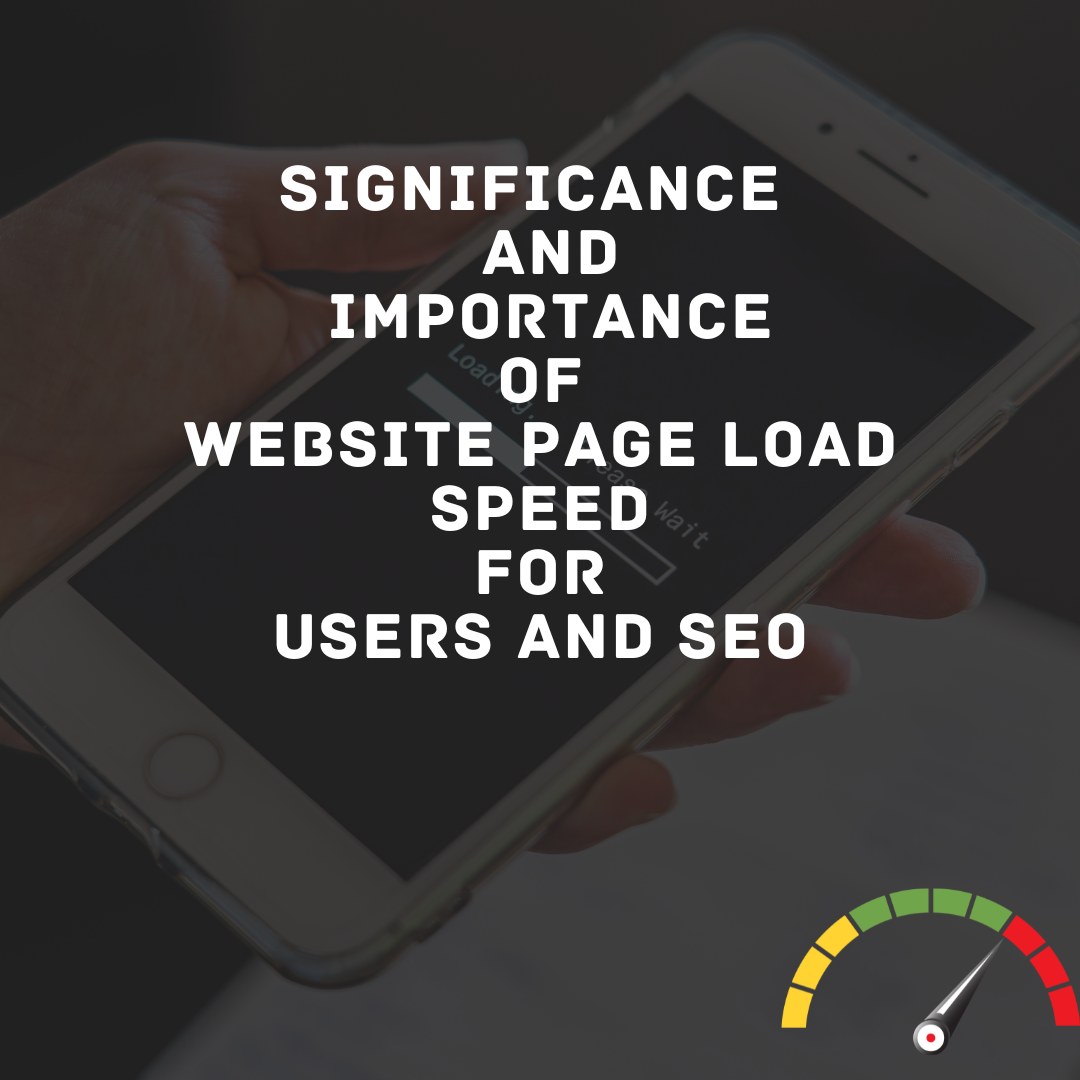In the fast-paced digital era, where attention spans are dwindling and choices abound, the speed at which a website loads can make or break the user experience. Beyond just satisfying impatient users, page load speed plays a pivotal role in search engine optimization (SEO), influencing a website's ranking on search engine results pages (SERPs).
The User's Impatience: A Matter of Seconds
- First Impressions Matter:
Users form quick impressions about a website, and these impressions often hinge on the speed of its pages. According to a study by Google, users expect a webpage to load within three seconds or less. If a site fails to meet this expectation, the risk of users abandoning it increases significantly. This underscores the importance of making a positive first impression through swift page loading.
2. User Experience and Engagement:
Beyond initial impressions, page load speed directly influences user experience. Slow-loading pages frustrate users, leading to a higher bounce rate – the percentage of visitors who navigate away from the site after viewing only one page. High bounce rates signal to search engines that the content might not be relevant or engaging, potentially impacting SEO rankings.
3. Mobile Users Demand Speed:
With the rise of mobile internet usage, ensuring fast page loads for mobile users is imperative. Slow-loading mobile pages not only result in a poor user experience but also hinder SEO efforts. Google's mobile-first indexing prioritizes mobile content, meaning that a slow mobile site can have a direct impact on a website's overall search engine ranking.
The SEO Connection: Faster Pages, Better Rankings
- Page Speed as a Ranking Factor:
Search engines, particularly Google, consider page load speed as one of the many factors when determining search rankings. In 2010, Google officially announced that page speed would be included as a ranking factor, emphasizing the importance of delivering content swiftly to users. Websites that load quickly are more likely to rank higher on SERPs, leading to increased visibility and organic traffic. Google's algorithms, favor websites that adhere to technical best practices. According to a study by Google, as page load time increases from one second to ten seconds, the probability of a mobile site visitor bouncing increases by 123%.
2. Core Web Vitals and User Experience:
Google's Core Web Vitals, introduced in 2020, further highlight the search engine's commitment to prioritizing user experience. These metrics, including Largest Contentful Paint (LCP), First Input Delay (FID), and Cumulative Layout Shift (CLS), directly correlate with aspects of page load speed and user interaction. Websites that optimize these Core Web Vitals are rewarded with better SEO rankings.
3. Crawl Budget Optimization:
Search engines use crawlers to navigate and index websites. A slow-loading website consumes more crawl resources, impacting the crawl budget allocated by search engines. Crawl budget represents the number of pages a search engine bot will crawl and index during a specific timeframe. By optimizing page load speed, a website can ensure that search engine bots efficiently crawl its content, leading to improved visibility on SERPs.
Technical Aspects of Page Speed Optimization
- Optimizing Images and Multimedia:
Large image and multimedia files can significantly slow down a website. By compressing images, leveraging next-gen formats, and utilizing lazy loading techniques, websites can enhance page load speed without compromising on content quality.
Browser Caching and Compression: Browser caching allows frequently accessed resources to be stored locally, reducing the need to reload them with each visit. Compression techniques, such as GZIP compression, minimize the size of files transferred between the server and the user's browser, further accelerating page loading times.
2. Minimizing HTTP Requests:
Each element on a webpage, such as images, scripts, and stylesheets, requires a separate HTTP request. By minimizing the number of these requests through techniques like combining files and using asynchronous loading, websites can streamline their loading process and deliver content more swiftly.
3. Content Delivery Networks (CDNs):
CDNs distribute a website's static content across multiple servers worldwide, reducing the physical distance between users and the server. This not only enhances page load speed but also ensures consistent performance for users across various geographical locations.
In the ever-evolving landscape of the internet, where speed is paramount, website owners and digital marketers must recognize the critical role that page load speed plays in shaping both user experiences and SEO outcomes. By prioritizing optimization techniques, from image compression to leveraging CDNs, websites can ensure swift loading times, leading to satisfied users and improved search engine rankings. As the digital realm continues to evolve, embracing the need for speed is not just a choice; it's a strategic imperative for success in the competitive online arena.
January 7, 2024





